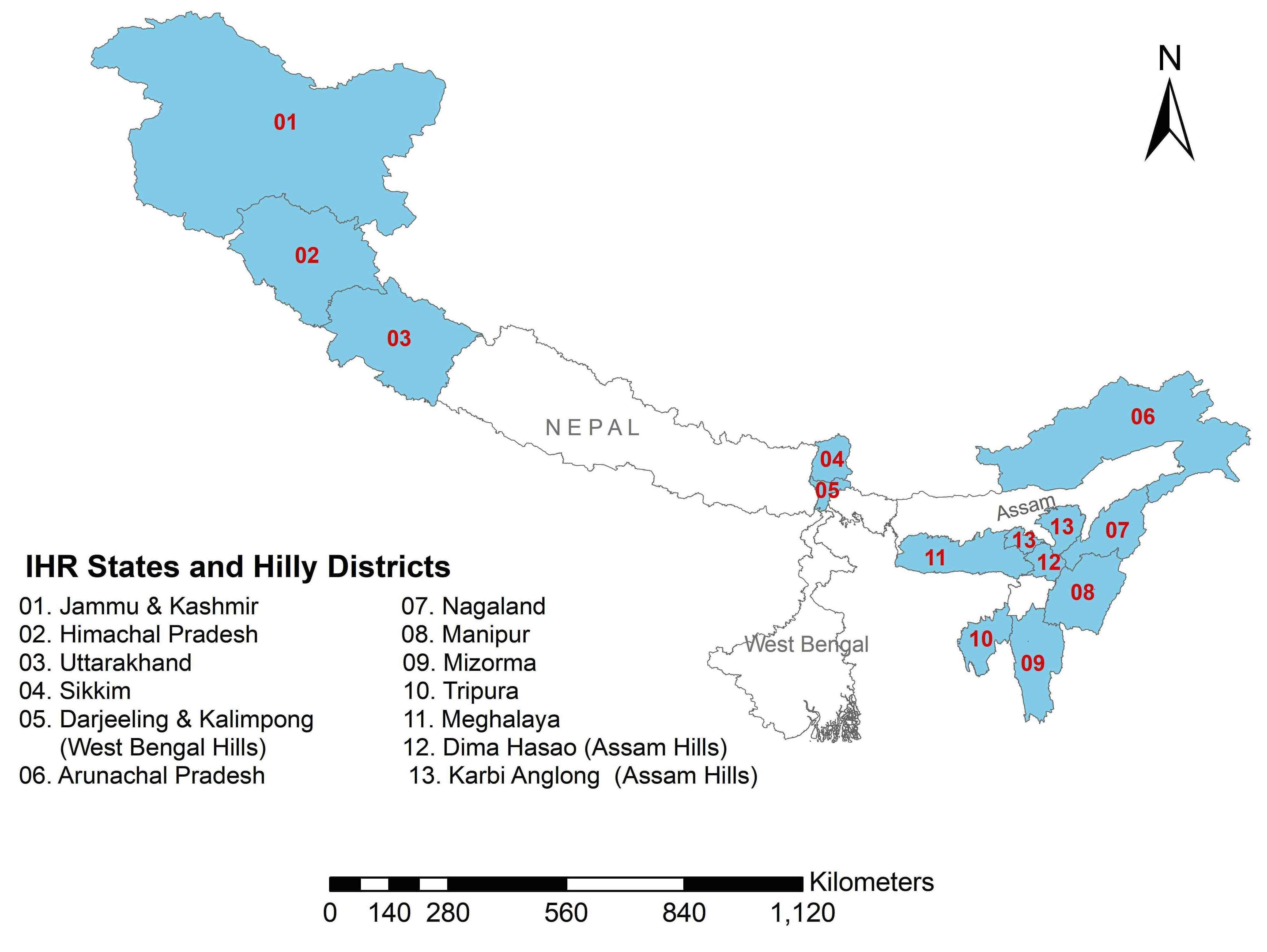
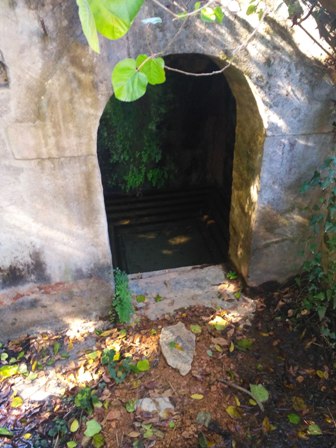
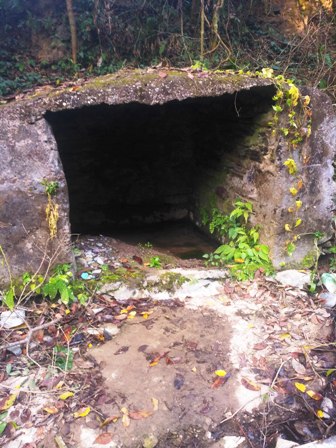





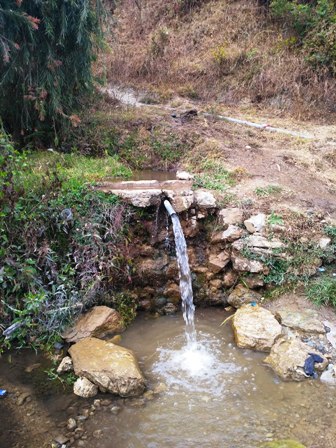
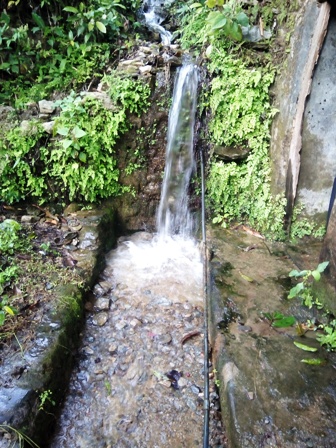
Mountain natural springs are the main fresh water sources which serve nearly 40 millions of people across the Himalayas.The water problems of hill towns like Shimla are a direct result of drying of springs. According to one estimate, almost all 58,000 inhabited villages in IHR are dependent on the natural water springs or small streams originated from springs, of which at least half of the springs are drying up or have witnessed decline in water discharge resulting in acute water shortages across thousands of Himalayan villages and hill towns.
GBPIHED through its various partners is taking lead in maintaining the Geo Database of spring inventory & developing demonstrative models of Gram Jal Abhyaranya in at least one village of selected districts of 12 IHR States that also include majorily the aspirational districts identified by NITI Ayog. This will help the Ministry of Environment, Forest and Climate Change, New Delhi in taking lead in launching a massive drive for Himalayan spring rejuvenation using Village Water Sanctuary (Gram Jal Abhyaranya) approach for rejuvenating at least one drying spring in each of the 58,000 villages with the active support of State Forest Departments and other Ministries and organizations.
Kupwara (Jammu Kashmir), Chamba (Himachal Pradesh), Champawat/Almora* (Uttarakhand), Darjeeling* (West Bengal), West Sikkim (Sikkim); Namsai (Arunachal Pradesh), Dima Hasao* (Assam), Kiphire (Nagaland), Chandel (Manipur), Mamit (Mizoram), Dhalai (Tripura), Ribhoi (Meghalaya).